History/driving impressions originally published in AutoWeek August 10, 1986
“Henry, this is the most beautiful thing I have ever seen,” gushed Henry Kaiser’s new bride.
She was speaking to the Hoover-Dam-building, Liberty-ship-making, self-made millionaire who, with Joe Frazer of Maxwell-Chalmers/Chrysler/Willys-Overland/Graham-Paige fame, went automobile manufacturing after the war. What she was speaking about was Howard “Dutch” Darrin’s prototype sports car.
What Darrin had shown them was a car with the flair that had made him famous in the ‘20s and ‘30s, styling rakish bodies for Minerva, Hispano-Suiza, and Rolls-Royce, Duesenberg and Packard, first in Paris and later, as Darrin of Paris, on Sunset Boulevard.
The Kaiser-Frazer connection came from Darrin’s designing for Joe Frazer what was intended to be the post-war Graham-Paige but instead became the 1946 Frazer. Darrin later designed the 1951 Kaiser, a model that compared favorably to its peers but failed to reverse K-F’s financial decline which had begun in 1948.
According to Henry Kaiser, the last thing Kaiser-Frazer needed was a sports car. That’s the way it would have been had not Mrs. Kaiser spoken. But because of her enthusiasm, the prototype went to the 1952 Los Angeles Autorama. It was a hit, and production planning began.
Initially the car was going to be the DKF-161, but Darrin balked, his contract stating that his cars would bear a “Darrin-styled” label. He was not about to be reduced to an initial. It was Henry Kaiser, overriding the entire board of directors, who dubbed it the Kaiser Darrin.
The “161” had stood for the displacement of the prototype’s Henry J engine. Production Kaiser Darrins, though, would be equipped with a Willys (with whom Kaiser had just merged) F-head six of identical size. Power was rated at 90 horses at 4200 rpm. A floor-shifted Borg-Warner three-speed with standard overdrive was provided, along with a customer’s choice of a 4.01:1 or 4.55 axle ratio. It all rested on a lengthened Henry J frame.
But it was Darrin styling, not mechanical specifications, that made the Kaiser Darrin. Certainly it was more graceful overall than the Nash-Healey and early Corvette, sleeker than the former and with more character than the latter. Even after engineers raised the fender line four inches to meet headlight height rules, the car maintained a low, purposeful look.
If only it weren’t for the grille. At the time is was referred to as “distinctive.” The grille shows the stylist in Darrin overcoming the designer. It was too small for adequate cooling, so a supplemental scoop was added under the front bumper to supply air to the radiator.
Like the Corvette, the Kaiser Darrin body was fiberglass. Darrin was an early proponent of the medium and had built a fiberglass car in 1946. It virtually made the Kaiser Darrin possible, fiberglass making a limited production run feasible. Another claimed benefit was lighter weight, though thickness of the body kept weight savings to a minimum. The all-steel Henry J weighed 2,300 pounds, the Darrin 2,175. (For comparison, the ’54 Corvette came in at 2,900 pounds). Fiberglass was also touted as having a “slow crumple rate,” allegedly making the car safer.
Dutch Darrin also had a longstanding passion for sliding doors. Sliding doors were not new, having been used on Bentleys in the ‘30s. But those slid outwards and back. (Who knew your minivan had that kind of pedigree?) The Kaiser Darrin’s doors, after removing the side curtains, slid into the front fenders. [It was not a car for a rainy clime.]
The car also had a three-position top. In addition to the normal positions for a convertible—down and up—was the landau style,” a sort of cloth targa. It’s a little short on headroom but it was sure to wow ‘em on the Strip.
Billed as a sports car, the Kaiser Darrin’s performance was merely adequate. According to MotorSport, 0 to 60 mph took 13.8 seconds. While quicker than most sedans, it was three to four seconds slower than the six-cylinder Corvette or Nash-Healey. Testers praised the Kaiser Darrin’s handling, however, citing level cornering and an “absence of sway.”
The car was released as a 1954 model selling for $3,668. That was about $100 more than a Corvette, a car with a sales problem of its own, despite having the weight of GM behind it. The Kaiser Darrin never had a chance. Only 435 cars had been built by mid-1954. Dealers wound up giving the cars away. Darrin, using leftover stock, built a few cars in California, equipping them with Cadillac engines.
Darrin never lost faith in the Kaiser Darrin and drove number 313 for some years afterwards. After a few owners and a very few miles, that car came to Ed Morgan of Charles Town, West Virginia, who shared it with AutoWeek. Basically, a Kaiser Darrin will be deja vu for anyone who has driven a domestic auto of the ‘50s. After a few owners and a very few miles, that’s not surprising, considering its origin. The exhaust, however, is only semi-muffled, still providing what a contemporary tester called “a beautiful exhaust rap at 2000 rpm.” Few will confuse it, however, with that of a Jaguar XK-120.
Mrs. Kaiser predicted that the Kaiser Darrin would prompt other manufacturers into the sports car business. The record suggests otherwise. One may speculate, though, what might have been if Kaiser had Corvette’s Duntov, and the resources of General Motors.
I believe the Kaiser Darrin’s design could have been easily salvaged in a Fifties sort of way with open grilles lower and flanking the “distinctive” puckered-up-for-a-kiss it was styled with.
How well does the overall style of the Kaiser Darrin compare with its rivals, the Chevrolet Corvette and Nash-Healey? What if the later (and oddly styled) Daimler SP250’s V-8 had been available?
What if General Motors would have allowed the Cadillac V-8 to be used in a competitor to the Corvette? Would Carroll Shelby driven it instead of the Cad-Allard?
Do you see the trouble a trophy wife can get you into?










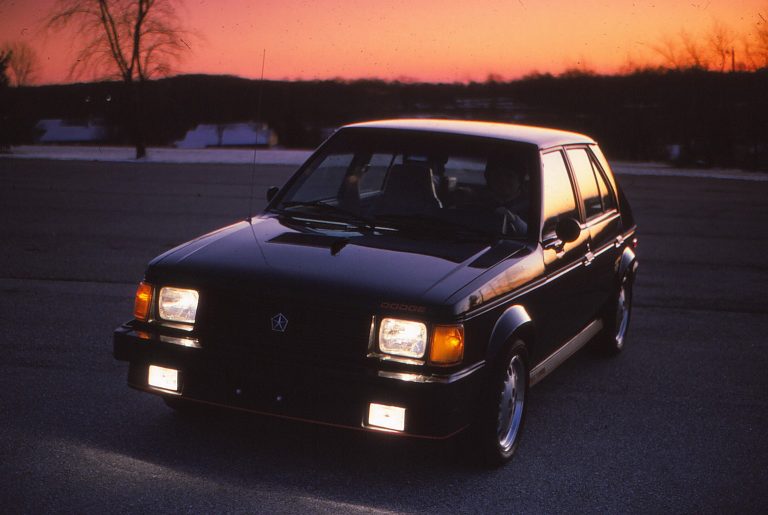
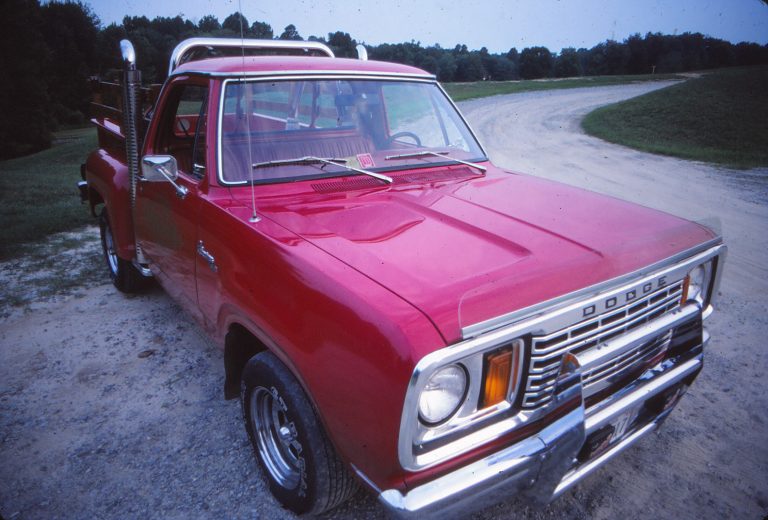
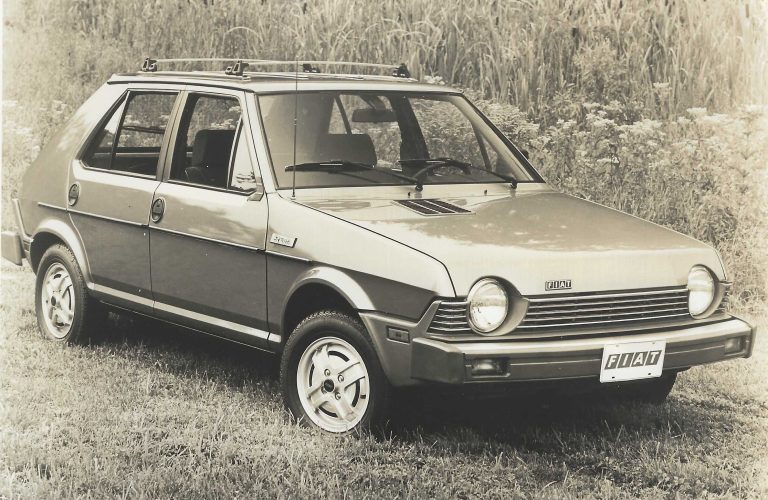

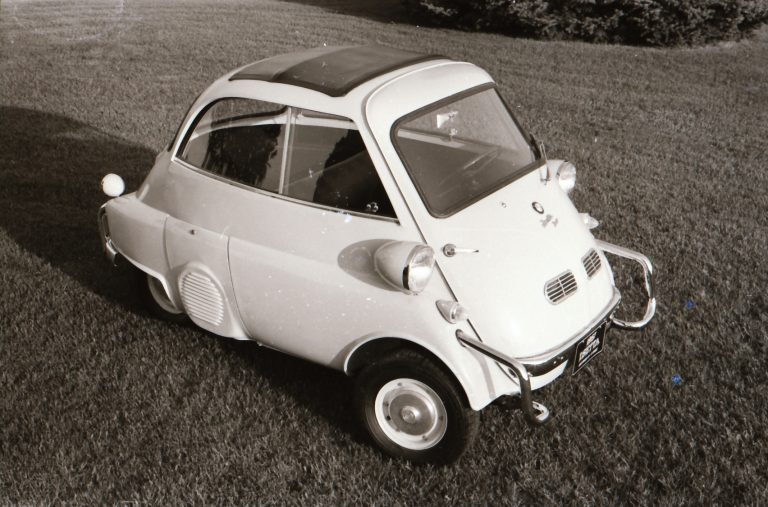
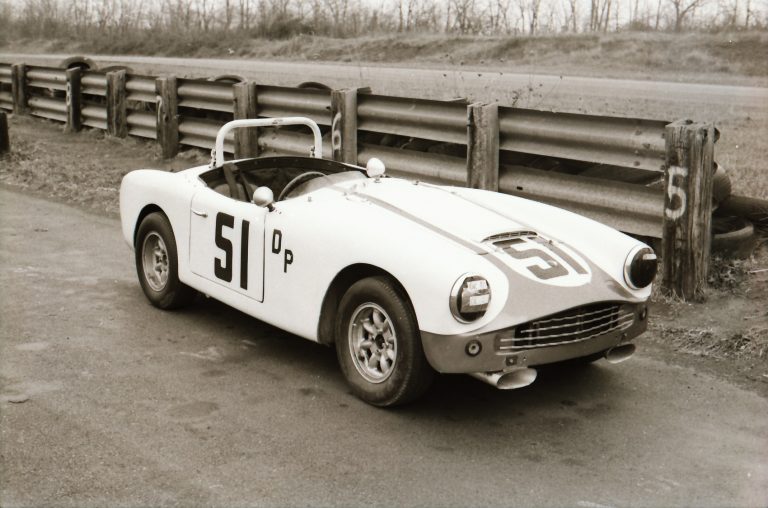
Yeah, that grille…